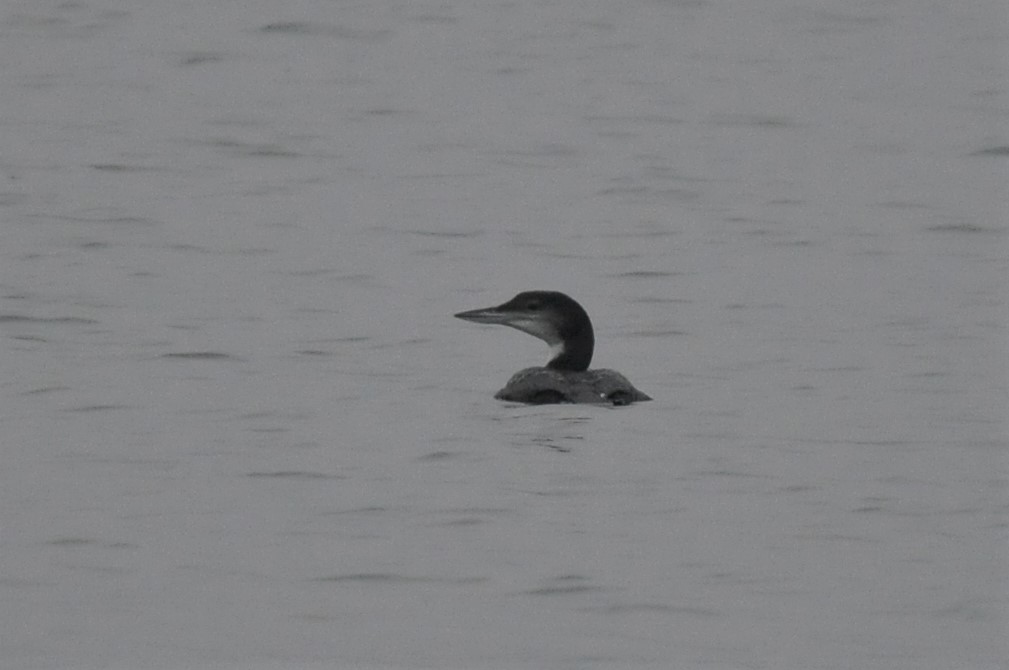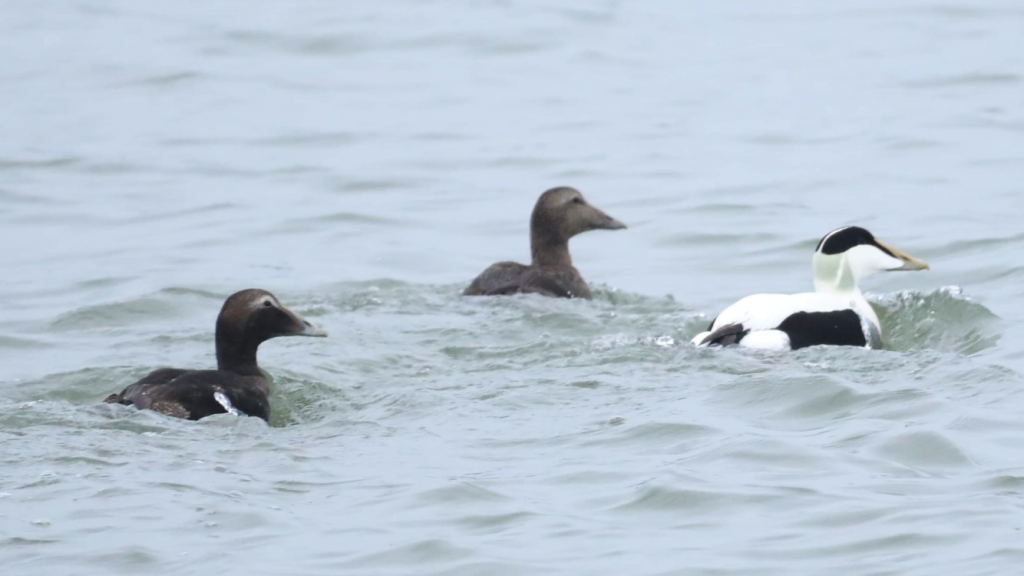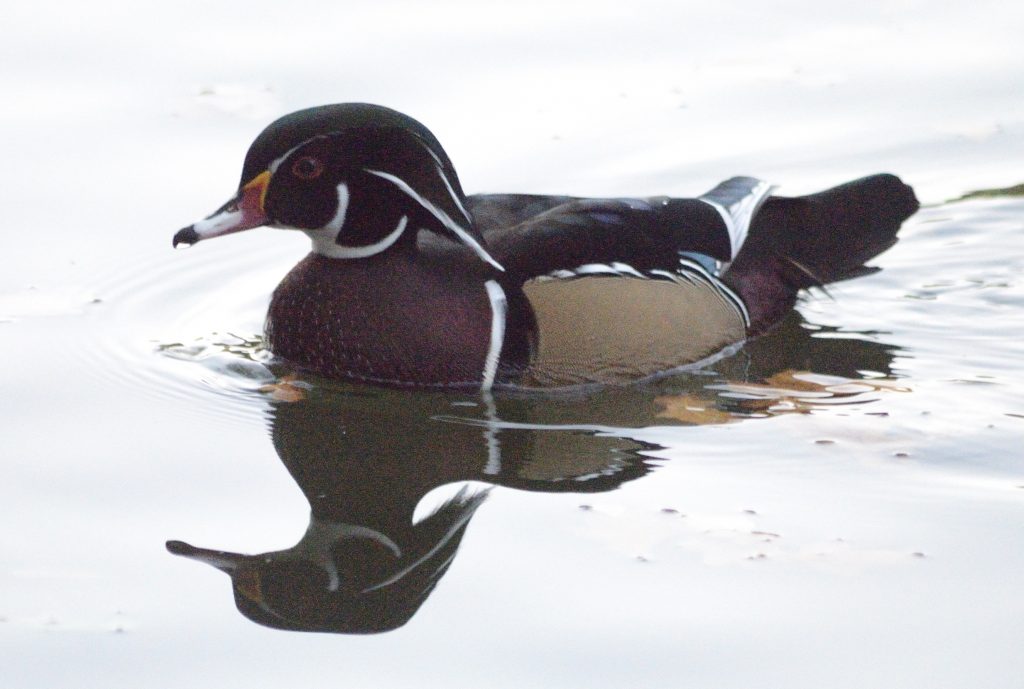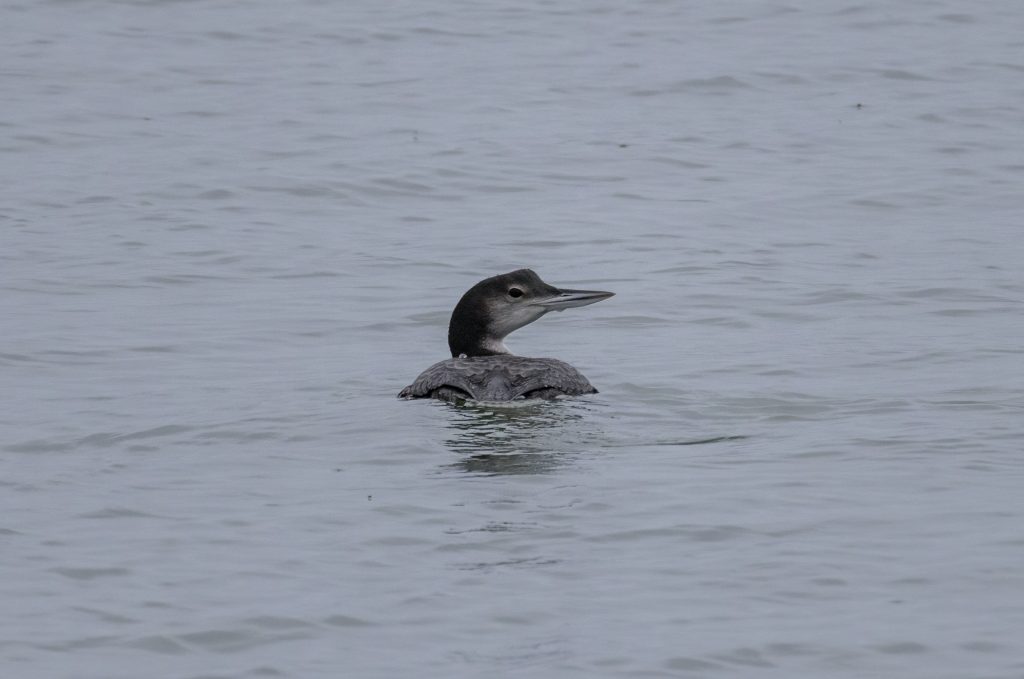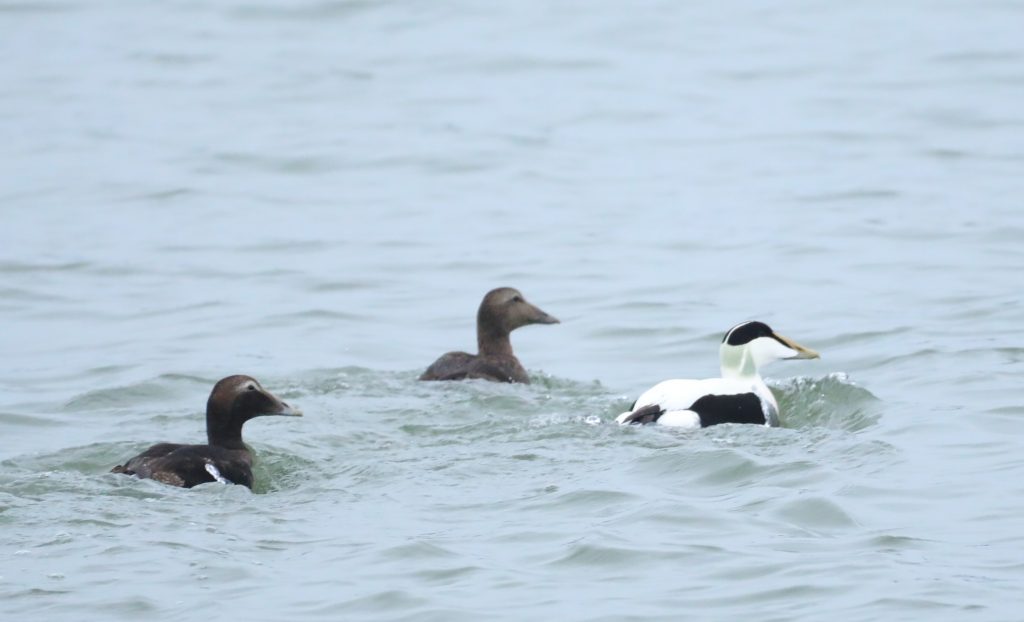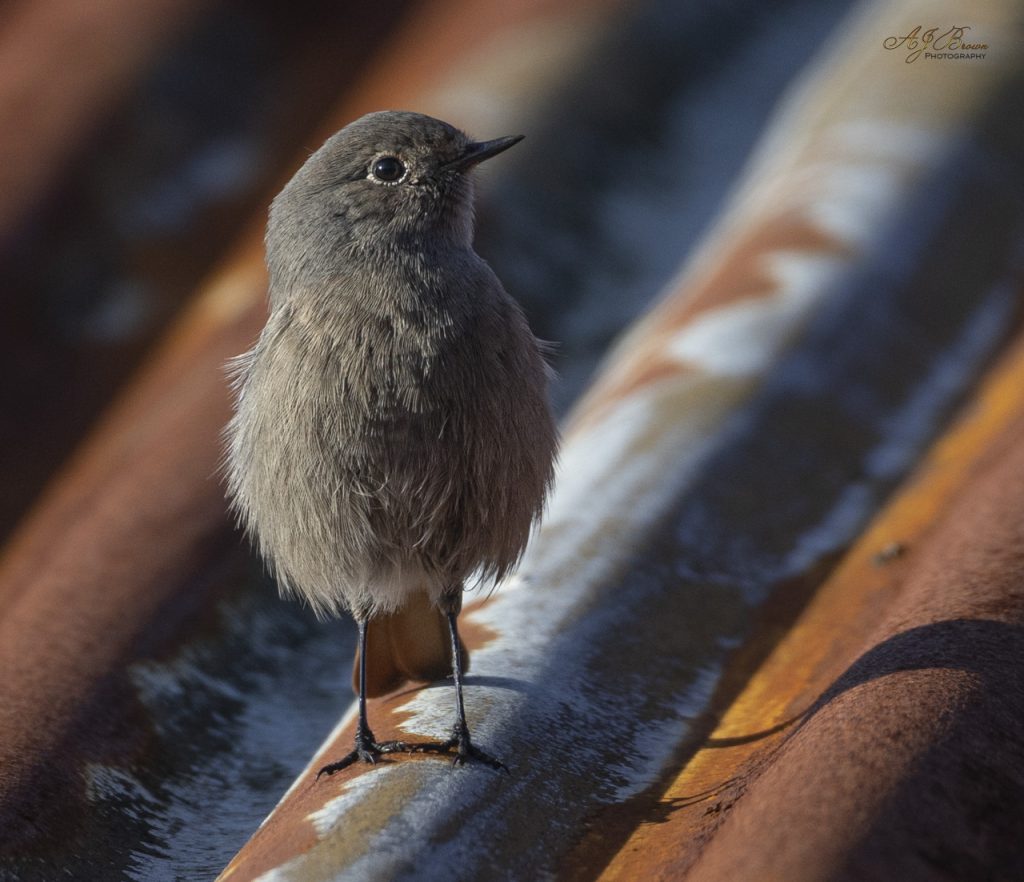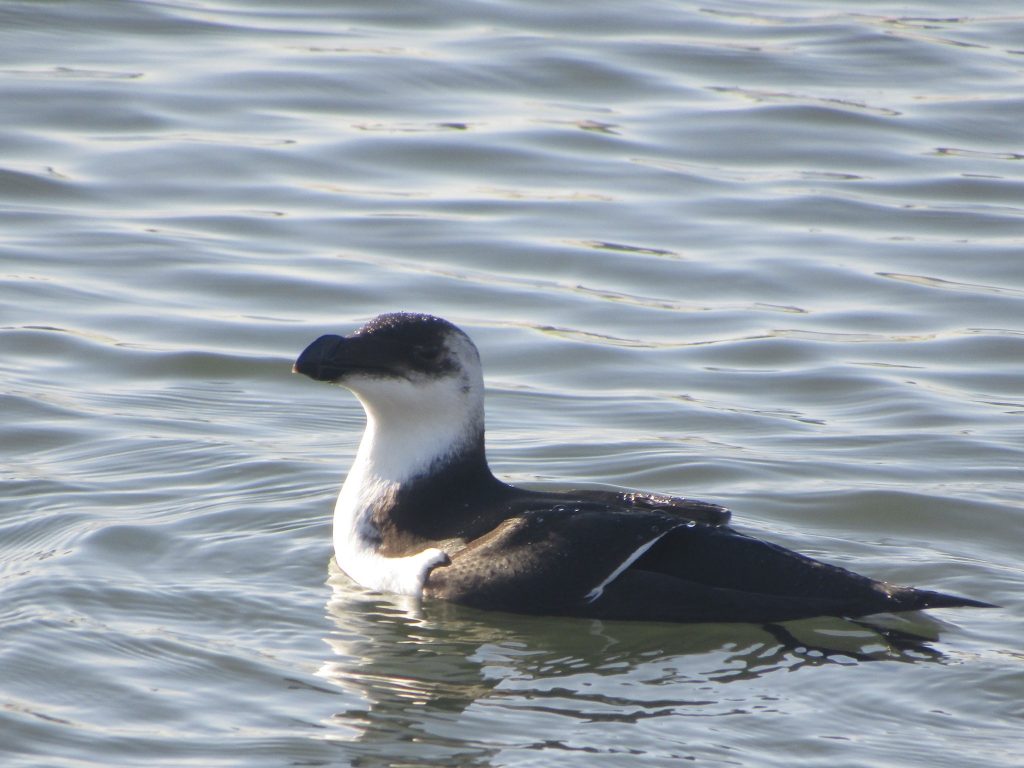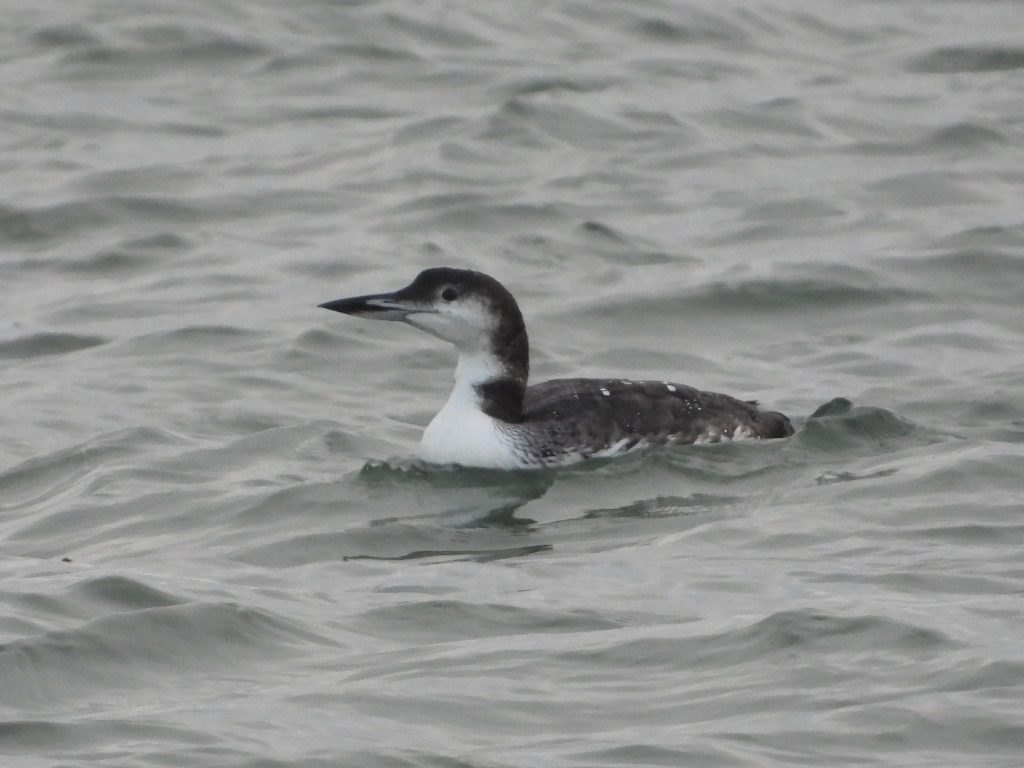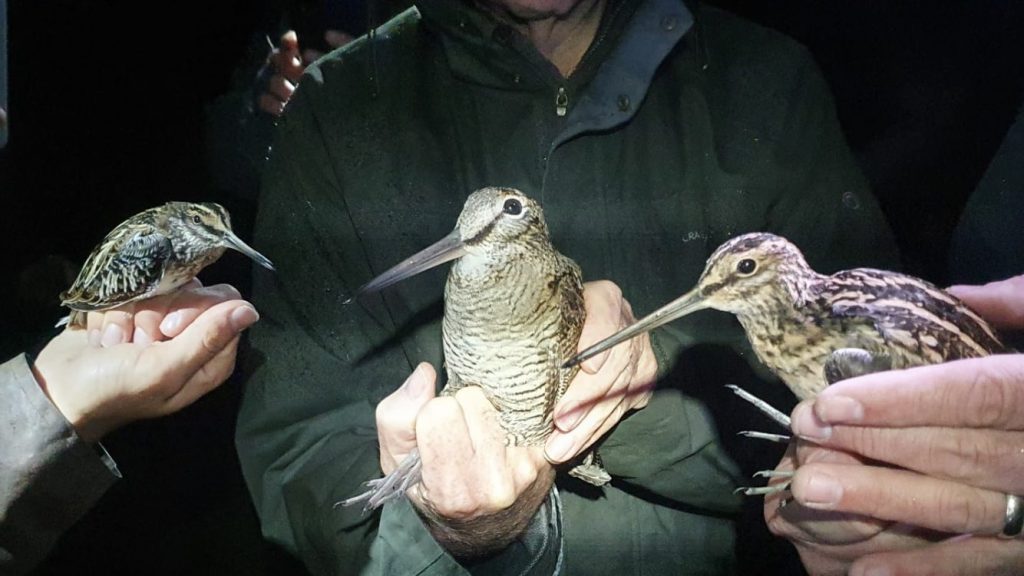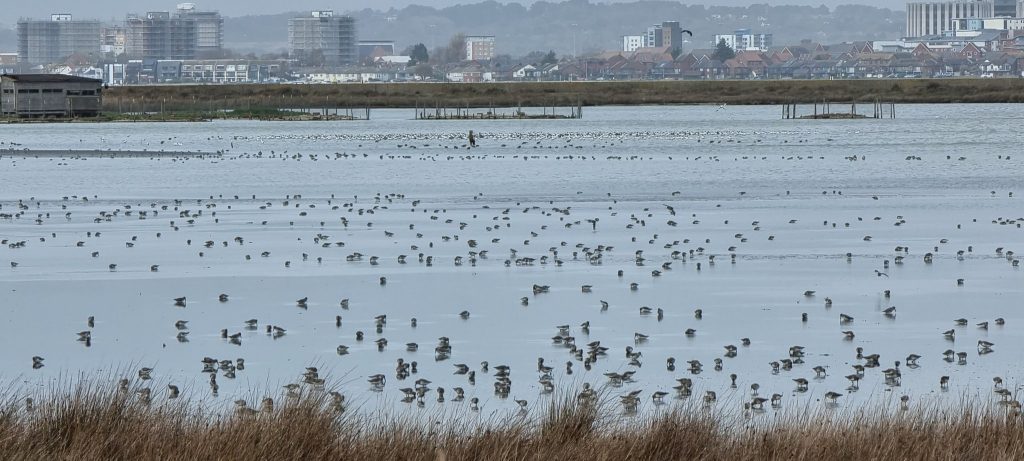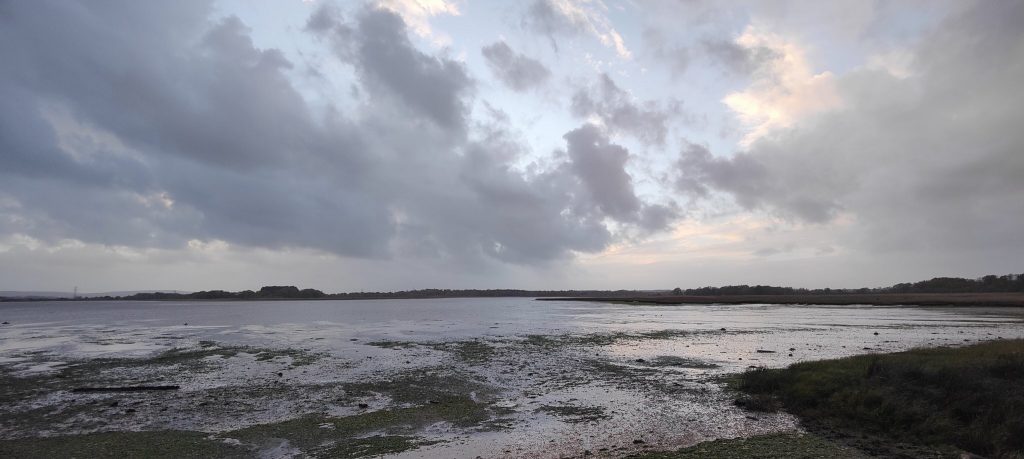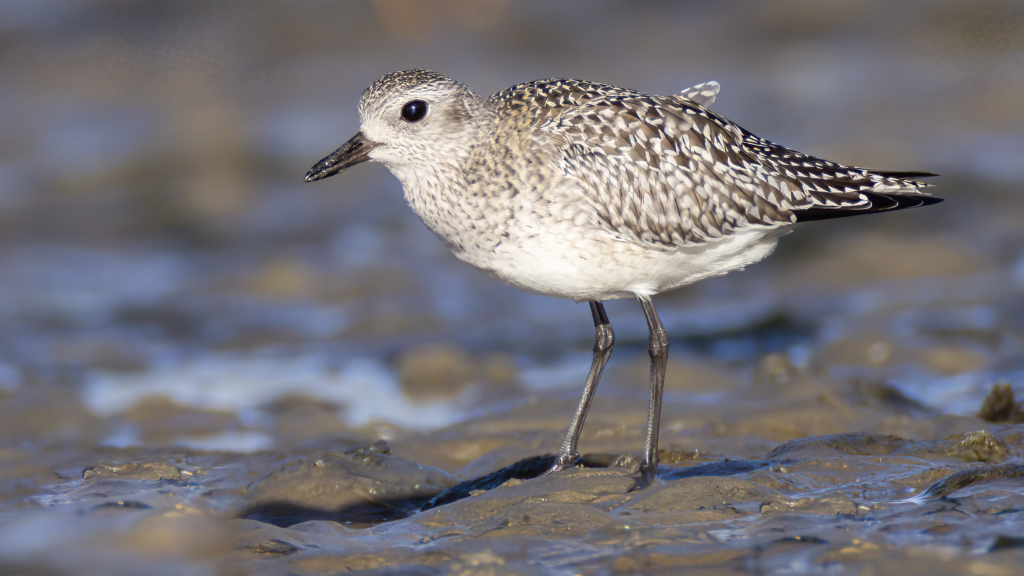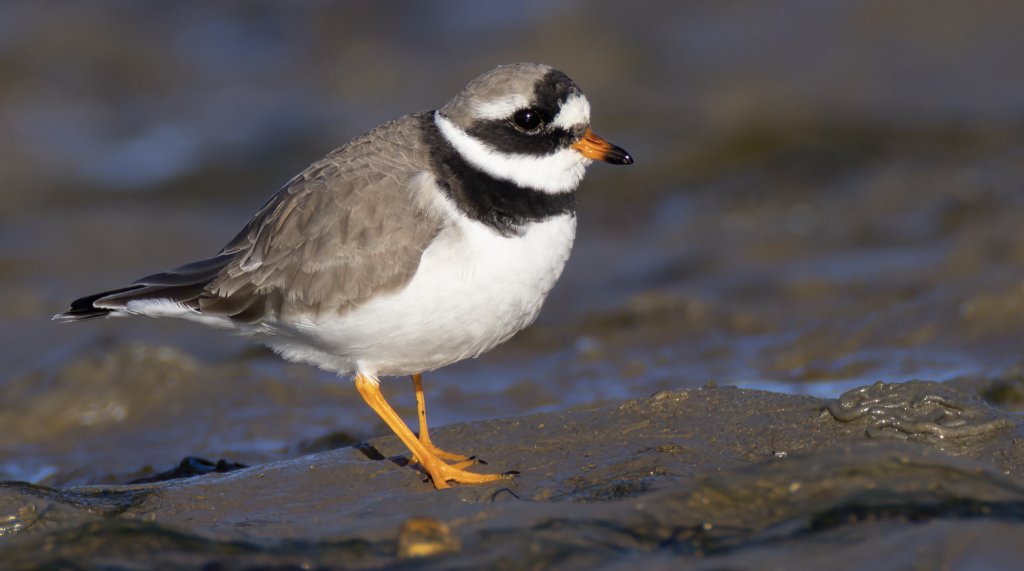Despite the gloomy start to the morning, we had a stunning winter safari cruise, which kicked off to a promising start with 3 Great Northern Diver just off the north shoreline of Brownsea Island. Scanning the lagoon, 250 Avocet, 200 Black-tailed Godwit, 27 Bar-tailed Godwit, 12 Redshank, 1 Greenshank, 1 Grey Plover, 50 Wigeon, 30 Teal and 8 Shoveler. Continuing round to the south side of the island we logged 1 Sandwich Tern, a flyover of c.40 Black-tailed Godwit, as well as 3 Great Northern Diver and a single male Goldeneye near Redhorn. Around Ower and Newton Bay, number of Brent Geese also appeared to have inflated, with around 150 seen, along with high numbers of Oystercatcher and 25 Lapwing. As we approached the Central Harbour around the back of the islands, numbers of Red-Breasted Merganser appeared significantly higher than previous boats, with c.120 seen. Excitingly, the 3 Eider (including 1 adult male) were also present in the Central Harbour, with a flyby Spoonbill making it’s way to join the roosting flock of c.30 birds at Shipstal. As we made our way to the top end of the Wareham Channel, it was eerily quiet considering the large numbers of Marsh Harriers counted in the roost this week. However, once the White-tailed Eagle that we managed to distantly clocked on the Arne shoreline took to flight across the channel, at least 3 Marsh Harrier lifted out of the reeds at Keysworth, pursuing and mobbing the eagle until it landed. A further 2 Great Northern Diver were then logged near the entrance to Lytchett Bay, as well as 1 Sandwich Tern feeding in the entrance to the Wareham Channel, just before the finale of a Red-throated Diver in the Central Harbour as we made our way back to the Quay.
In Holes Bay, a count included 350+ Dunlin, 1000+ Wigeon, 200+ Avocet and 300+ Black-tailed Godwit. A single Spoonbill was seen feeding off Otter Point in Lytchett Bay. 2 Great Northern Diver, potentially the same that were seen near the entrance to Lytchett Bay were also reported, along with 3 Red-breasted Merganser.

